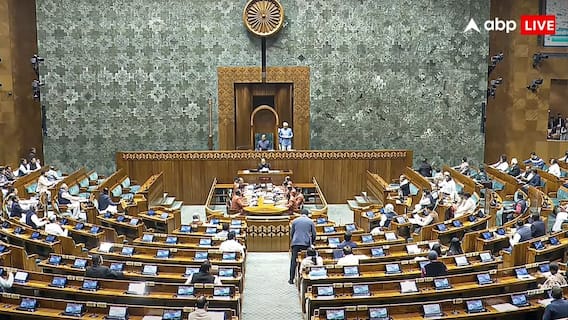Investing In Pieces: How Fractional Ownership In Commercial Real Estate Is Transforming Personal Finance In India
Historically, investing in premium commercial properties was limited to only affluent or institutional investors primarily due to high capital requirements and extensive management needs

By Harish Fabiani
Real estate properties have been a go-to investment avenue for many and with the $40.71 billion Indian commercial real estate market undergoing rapid growth and development the sector is likely to remain in the limelight for years to come. Historically, investing in premium commercial properties was limited to only affluent or institutional investors primarily due to high capital requirements and extensive management needs. However, with the emergence of strategies like fractional ownership in commercial real estate, these entry barriers to high-income-yielding real estate segments have significantly diminished.
Typically, in such a set-up multiple investors pool their resources to invest in portions of commercial real estate properties, helping democratise the segment and making it less capital intensive. Such a feature helps make high-end commercial real estate more accessible to a broader investor segment, changing how they approach their personal finance and encouraging them to explore commercial properties as an investment avenue.
How Fractional Ownership's Benefits Impacts Personal Finance
Fractional ownership in commercial real estate has helped democratise this segment of Indian real estate but has become popular only recently, mostly due to these benefits:
Lower barriers to entry
Typically, fractional ownership enables multiple investors to co-own a commercial real estate property, where they purchase a unit or share and avail a portion of the property’s rent or property value appreciation. This concept of multiple co-ownership makes investing in expensive properties cost-effective and accessible. Hence, the setup proves effective in lowering upfront capital requirements for investment in properties, lowering barriers to entry significantly for both small businesses and individual investors. This, in turn, promotes a diverse and inclusive investment ecosystem and facilitates financial growth.
Passive income & capital appreciation
Fractional ownership of commercial properties offers investors 3-4 times higher returns than residential properties. Also, the share of rental income serves as a source of passive income, which along with appreciation in property value adds to long-term capital gains. Commercial real estate is essentially an asset whose value tends to appreciate with time, allowing individuals to realise gains even when they decide to exit their ownership in a property. Notably, fractional ownership in commercial properties is known to offer a much higher appreciation, with targeted returns of up to 11 per cent and an 18 per cent internal rate of return.
Portfolio diversification
Fractional ownership is an effective financial tool to diversify one's portfolio. This avenue enables individuals to spread their capital across multiple asset classes, types of properties, and even geographic locations. For instance, it can help diversify other real estate asset categories such as industrial warehouses, retail properties, data centers, student housing, and more across different Indian states. This could help reduce risk and achieve a balanced investment portfolio that can help navigate market fluctuations and assurance returns.
Transparent Regulations
SEBI's latest guidelines for SM-REITS have created a framework for smaller REITs. Such a regulatory move is likely to encourage many unregistered FOPs to list as SM-REITs, bringing them under direct regulation. It is anticipated that such a development could regulate real estate assets of over Rs 40 billion under FOPs. This greater transparency is likely to encourage more individuals to explore SM-REITs through fractional ownership.
Ease of access and professional management
There are two ways to avail of fractional ownership, through direct ownership where property developers sell a part of their property to buyers, or via online platforms that enable them to purchase a share of commercial property. These online platforms also offer professional management services, assuring the maintenance of their shared assets. This further encourages individuals to consider commercial properties as a part of their personal finances.
Besides these, the lower investment requirement of fractional ownership in commercial real estate makes this avenue more accessible. This further makes premium assets more easily tradable, increasing their liquidity.
This way fractional ownership in commercial real estate in India is making investing in premium properties more accessible, encouraging individuals to transform their personal finance and investment avenues. However, to make the most of such an investment strategy in real estate it is important to assess property valuation, record of rental earnings, capital appreciation rate, and liquidity of the underlying assets. They must also be mindful of the market risks and choose properties that meet all regulatory requirements.
The author is the chairman at IndiaLand Group.
[Disclaimer: The opinions, beliefs, and views expressed by the various authors and forum participants on this website are personal and do not reflect the opinions, beliefs, and views of ABP News Network Pvt Ltd.]
Trending News
Top Headlines






































